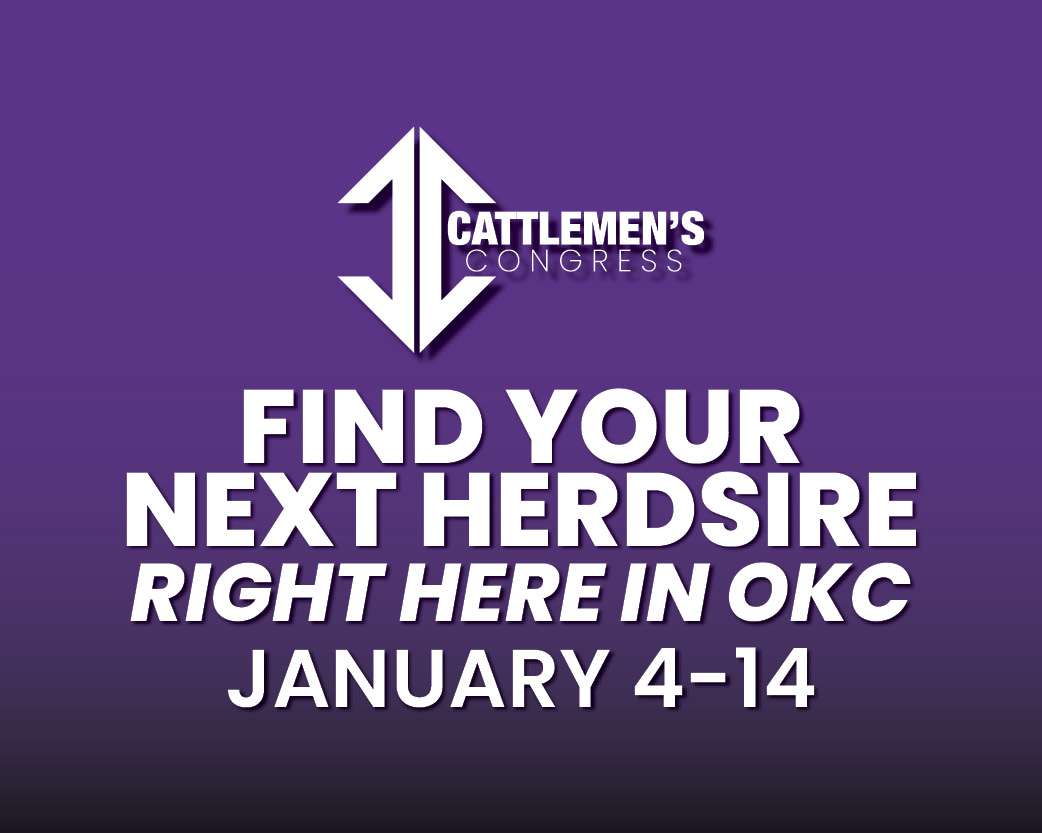
In today’s Beef Buzz, Senior Farm and Ranch Broadcaster Ron Hays offers an overview four days after the most recent, and closest yet detection of New World screwworm in Mexico, the parasite’s threat to the U.S. border is growing. The Mexican government confirmed on Sunday that an infected heifer had been found in Sabinas Hidalgo, Nuevo Leon, just 70 miles south of Laredo, Texas. That’s a dramatic jump from the previous margin of safety, which had been about 370 miles from the U.S. border. In response, Mexican officials activated emergency controls while the U.S. maintained the ban of imports of cattle, bison, and horses from Mexico.
By Monday evening, U.S. Secretary of Agriculture Brooke Rollins announced on social media that USDA teams were already “boots on the ground” in Nuevo Leon, inspecting traps and releasing sterile flies to combat the pest. Industry leaders have praised the quick action, though they remain concerned. Colin Woodall, CEO of the National Cattlemen’s Beef Association (NCBA), acknowledged producers are worried but said he is hopeful: “Even though the fly is closer, we should not take our eye off the ball to make sure that the Mexican government is doing everything possible to be a good neighbor.”
Woodall explained that NCBA views this as a multi-pronged challenge, closely tied to Secretary Rollins’ five-point plan. He emphasized that while U.S. agencies work to mass-produce sterile flies, more pressure must be applied on Mexico to improve cattle movement controls. At the same time, NCBA is ramping up education for producers. “We know the life cycle is a very quick life cycle,” Woodall said. “You can be out among your cattle on a Tuesday and on Wednesday you could potentially have larva.” He stressed that vigilance and awareness are critical to limiting the pest’s spread.
One question that US cattle producers are raising- why did the Mexican government allow the movement of the 100 head of cattle from southern Mexico to Sabinas Hildalgo that included the infected heifer? Secretary Rollins had signaled in one of her New World Screwworm updates in Austin that the Mexicans would be limiting movement of cattle from areas with New World Screwworms active to locations closer to the US border.
On the front lines of preparation is Texas, where animal health leaders are monitoring the situation closely. Dr. Bud Dinges, executive director of the Texas Animal Health Commission, said, “We are not in a panic mode in this state, but we’re in a preparation and awareness mode.” Texas Agriculture Commissioner Sid Miller has been pushing for more aggressive measures, including new traps along the border using what he calls the “TDA Swormlure,” a chemical blend designed to mimic rotting flesh and specifically attract screw worms with minimal impact on other insects or wildlife.
Currently, USDA and the Texas Animal Health Commission maintain more than 100 traps between Brownsville and Del Rio, while Mexico has set over 800 traps along its northern border states. The Executive Director of the Commission, Dr. Bud Dinges noted that so far, no screw worms have been detected in those northern Mexico traps, but he added, “We’ll have conversations in the days to come with USDA entomologists as to whether we need to increase the number of traps.” For now, Texas officials remain watchful, working closely with federal partners to keep the parasite from crossing into the U.S.
The Beef Buzz is a regular feature heard on radio stations around the region on the Radio Oklahoma Ag Network and is a regular audio feature found on this website as well. Click on the LISTEN BAR for today’s show and check out our archives for older Beef Buzz shows covering the gamut of the beef cattle industry today.

















